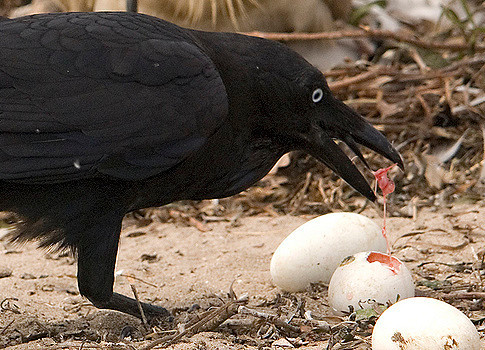Being the early birds did not pay off
- Jewels
- Aug 18, 2018
- 2 min read
By the 16th August there were 3 eggs in the Lapwing nest and they still were not sitting on the eggs full time. I couldn't understand how the nest was surviving when the birds were virtually never at the nest. Birds will not sit until they have a full complement of eggs as they need them to be hatching at the same time. By the morning of the 18th August there were 4 eggs and then shortly after sighting the 4th egg the ravens came in and stole 3 eggs and left one broken in the nest.
The lapwings were still trying to sit on the one broken egg before coming to the realisation that the egg was no longer viable and they left. They returned 4 more times that morning, and my heart was breaking for them. It was like they were hoping that somehow the eggs would come back.
There is a website, 10 fascinating facts about ravens. Number 10 is ravens hang around in teenage gangs.The following is the extract. "Ravens mate for life and live in pairs in a fixed territory. When their children reach adolescence, they leave home and join gangs, like every human mother’s worst nightmare. These flocks of young birds live and eat together until they mate and pair off. Interestingly, living among teenagers seems to be stressful for the raven. Scientists have found higher levels of stress hormones in teenage raven droppings than in the droppings of mated adults. It’s never easy being a teenage rebel."
What we are seeing here is one of these teenage groups. This year however, they are a larger group and have remained in the area long past when they would normally disperse. So it may not be a good year for our beach nesting birds because of this over abundance of ravens.
The lapwings are still in the area and are arguing with the oystercatchers over positions so looks like they will try to nest again, alongside the oystercatchers. It would be really good if they could choose a nest close to each other as we'll only be able to fence around the oystercatchers. We can only fence 200 metres of beach space, and that is 100 metres either side of the oystercatcher nest. The lapwings are a great extra defence for the oystercatchers as they swoop and scream, so for our nesting area, if they can nest close together, it is great for the oystercatchers that have such poor defence.






Comments